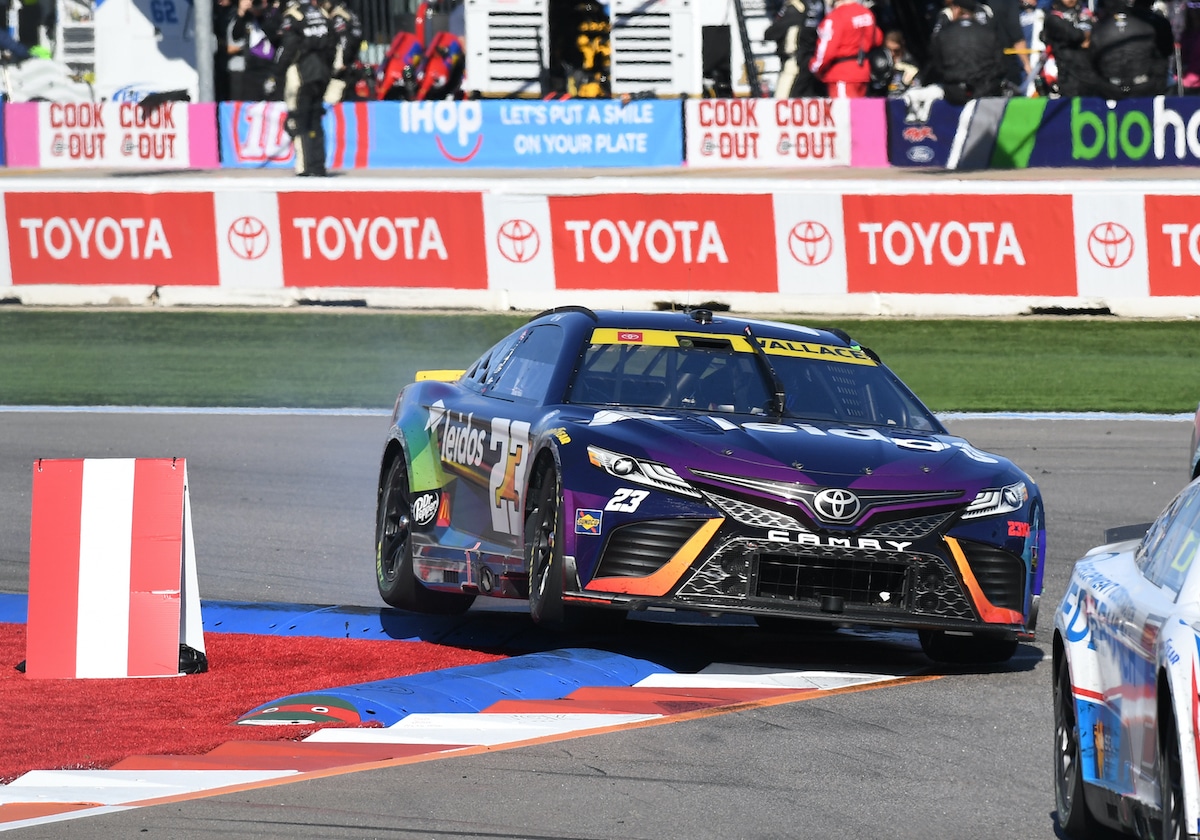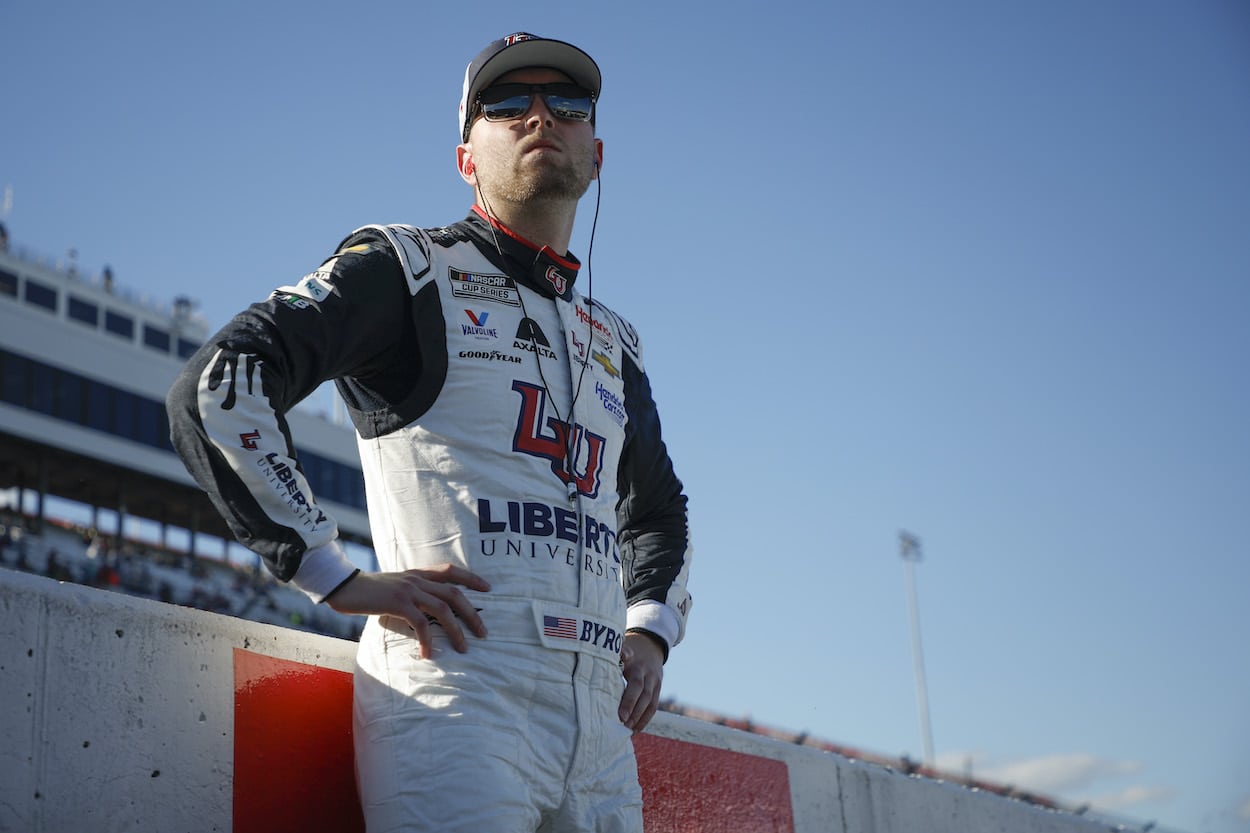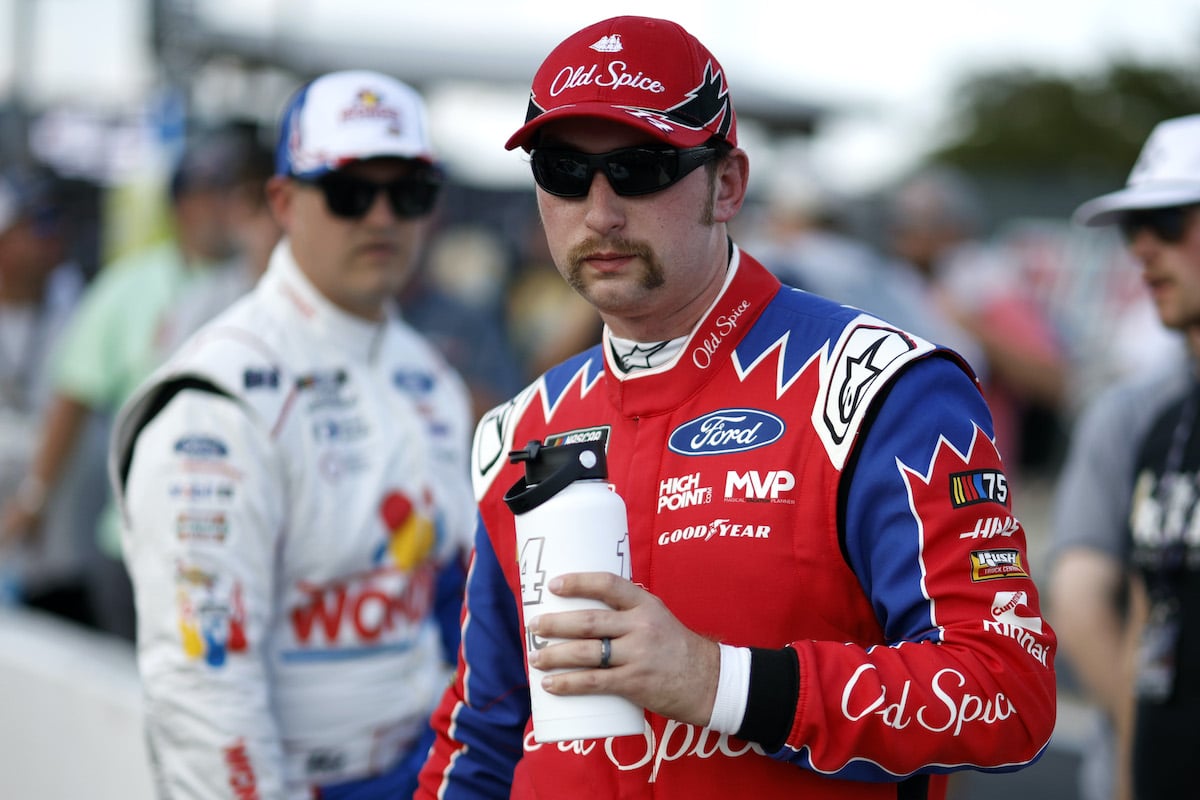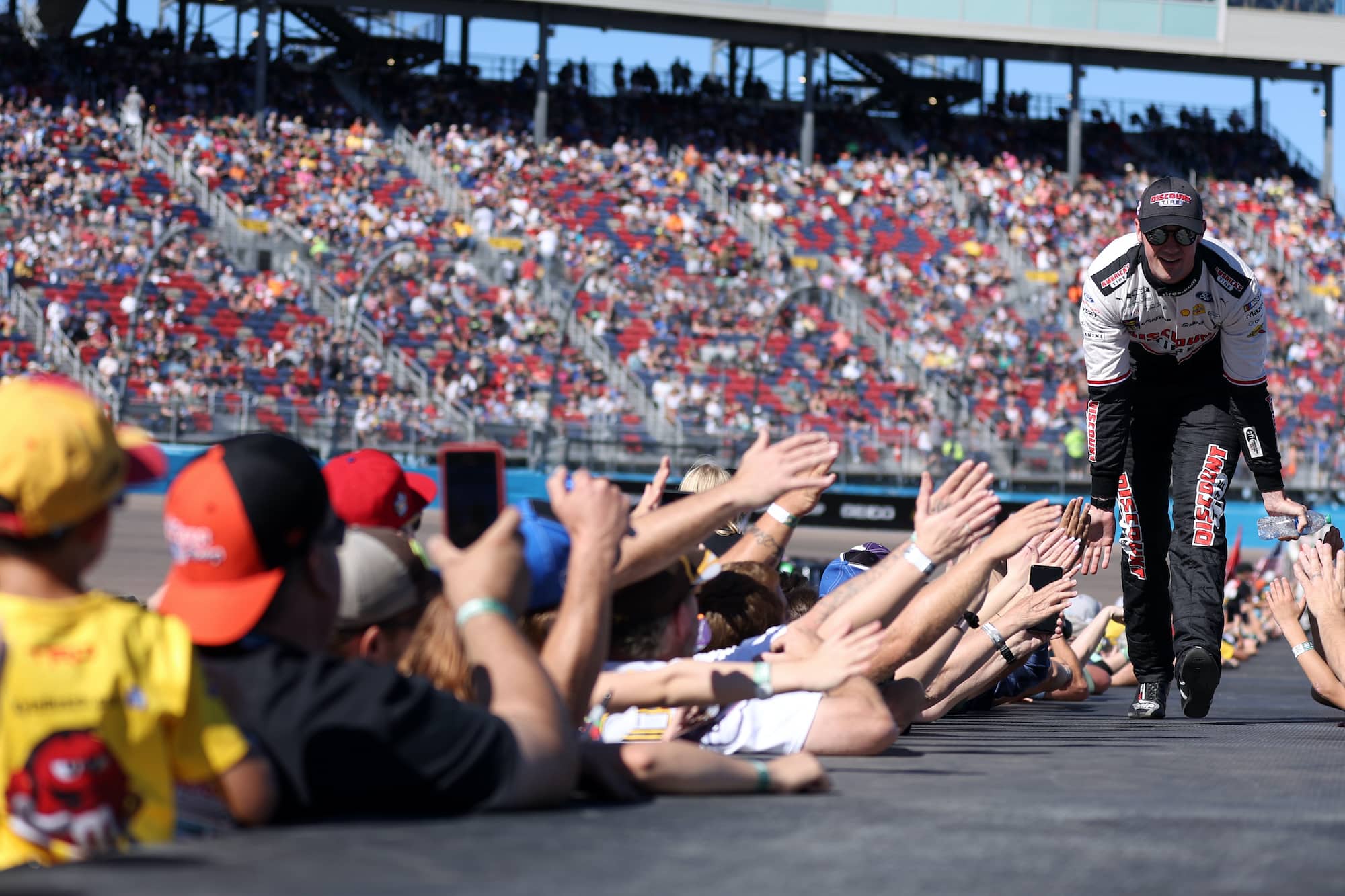
NASCAR Suggests 2022 Cup Series Season Was Best Ever and Includes Stats, but Conveniently Forgets Single Number and Elephant in the Room
With the 2022 Cup Series season officially over, news outlets have started publishing their season review stories. This week, NASCAR provided its own review with a press release hinting the completed season just might have been the best ever and included numerous favorable statistics from the year attempting to back up its claim, including 19 different winners and five first-time winners.
While it’s understandable that the sanctioning body wants everyone to remember the season for the good things, of which there were plenty, it’s not a complete and accurate assessment when you leave out a single negative statistic that was a major storyline in the latter half of the season.
NASCAR had a good year on track; the numbers don’t lie
Fans watching any NASCAR Cup race broadcasts in the last month of the season heard several statistics consistently repeated because they are undeniably impressive. This season 19 different drivers made trips to Victory Lane, which tied the all-time single-season record of 1956, 1958, 1961, and 2001.
Five were first-time winners, setting a Modern Era (1972 and after) record, including Austin Cindric, Chase Briscoe, Ross Chastain, Daniel Suarez, and Tyler Reddick. Chastain (2) and Reddick (3) were the only multi-time winners.
While the winners’ records are compelling and reflect parity in the sport with the new Next Gen car, the action in each race before the checkered flag provided a much bigger story and includes its own interesting statistics.
This season there were the most-ever green flag passes for the lead (GFPL) at 1,544. A GFPL is defined as a lead change all around the racetrack, not just at the start/finish line. This year, nine different races set records for GFPL, including Circuit of The Americas (30), Atlanta-1 (141), Las Vegas-1 (57), Bristol Dirt (20) Darlington-1 (28), Kansas-1 (41), Charlotte (64), Nashville (47), and Las Vegas-2 (46).
Other positive numbers include increased fans
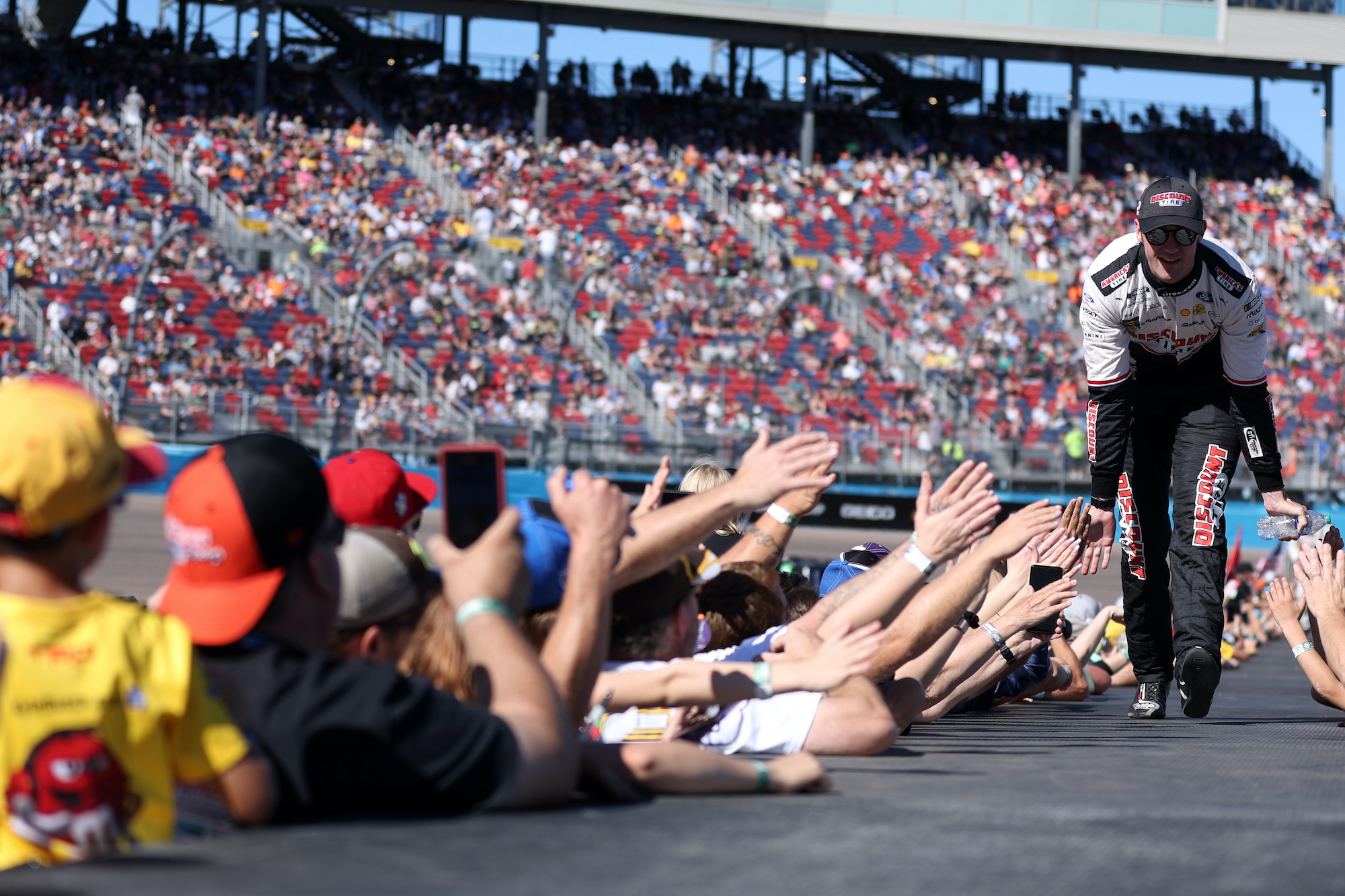
According to NASCAR, the numbers also reveal that more fans were watching the entertaining passing and variation in winners from home, with overall television ratings between Fox and NBC family of networks increasing by 4%. The overall share – the percentage of televisions turned on and watching NASCAR – increased by 10%.
In addition to an increased number of fans watching at home, plenty of them showed up at the track, with eight sellouts. The number of fans who attended their first NASCAR race grew by 11%, when compared to the last event that allowed full capacity.
The main reason for the increased passing, variety of winners, and elevated overall interest is the Next Gen car. The new car was a dramatic shift from years past with cars assembled from vendor-supplied parts, which leveled the playing field between the teams, and resulted in the spike of total winners and first-time winners.
NASCAR Next Gen car had major problem
Although the history books will show that the Next Gen car produced entertaining racing on most tracks and plenty of highlights during the 2022 Cup Series season, it will also have the number two attached to it. That’s the number of drivers who missed races due to a concussion.
Kurt Busch suffered the first one in July during qualifying at Pocono. He never strapped into the seat again and announced his retirement from full-time racing in October. Unfortunately, the 2004 Cup Series champion wasn’t alone. He had company.
Alex Bowman backed his Hendrick Motorsports No. 48 car into the wall at Texas in late September and sat out five races before returning to the season finale last weekend in Phoenix. Combined, the two drivers missed 21 races.
Those numbers are painful on different levels, but the hope is, as NASCAR officials have indicated, changes will be made to the car before the start of next season that are supposed to reduce the rigidity, and minimize the transfer of energy to the drivers’ bodies during impacts, which will then reduce the chances of concussion.
If that happens and concussions are eliminated while the on-track action continues to entertain and produce those same type of numbers, then we can talk about a best season ever.
